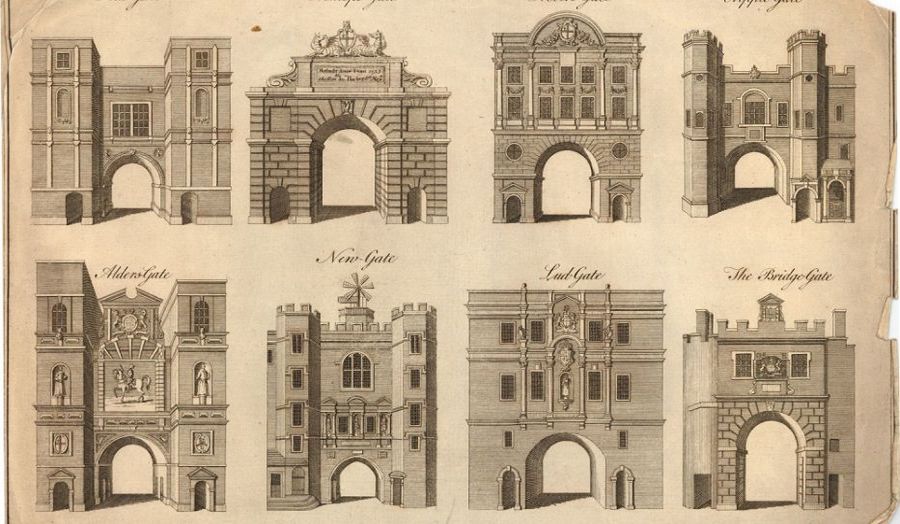Unit brief
City Gate
“The ontological function of the beautiful is to bridge the chasm between the ideal and the real.”
H-G. Gadamer, The Relevance of the Beautiful
"…the boundary is that from which something begins its presencing."
M. Heidegger, Art and Space
This year we are going to look at the historic boundary of the city, and in particular the mediatory role of the City Gate. There is a clear typological relationship that links the Temple Door to the City Gate, and through the Scaenae Frons to the Theatre. The City Gate is symbolically the place of reconciliation of the centre and the edge, and operates as a threshold to both the inside and the outside. From Rykwert we learn that the purpose of the City Gate was to enable the dead to leave the city, and this points towards an horizon of otherness ‘beyond the walls’.
The world ‘beyond the walls’ was traditionally the domain of fairs and theatre, hospitals and burial grounds, markets and recreation. The great London Fairs of the middle ages – Southwark, St. Bartholomew’s and May – were established on the ‘Liberties’, church land outside regalian jurisdiction, which linked the fairs to festive time. This, and the origins of the City Gate as an epiphanic structure, naturally meant this was also the place of theatre.
As London grew, the sites of the fairs were subsumed by the metropolis, and now find themselves deep within the contemporary city. However, their former life ‘beyond the walls’ gives these areas their distinct character today. This year we will be studying the nature of being ‘beyond the walls’, and how by understanding these sediments of culture we can propose a coherent city architecture for today.
We will be looking at the horizon of praxis, and will be working in Borough and Clerkenwell – both sites of ancient fairs – to investigate the tension that exists between inside and out. This is perhaps characterised by the proximity of global city financial institutions and meat markets, but it also points towards the capacity for this city to accommodate a deeper metabolism, the real and the ideal.
Biba Dow and Alun Jones

Details
| Course | Professional Diploma in Architecture RIBA Part 2 |
| Tutors | Alun Jones Biba Dow |
| Website | dowjonesarchitects.com |
